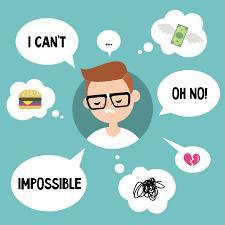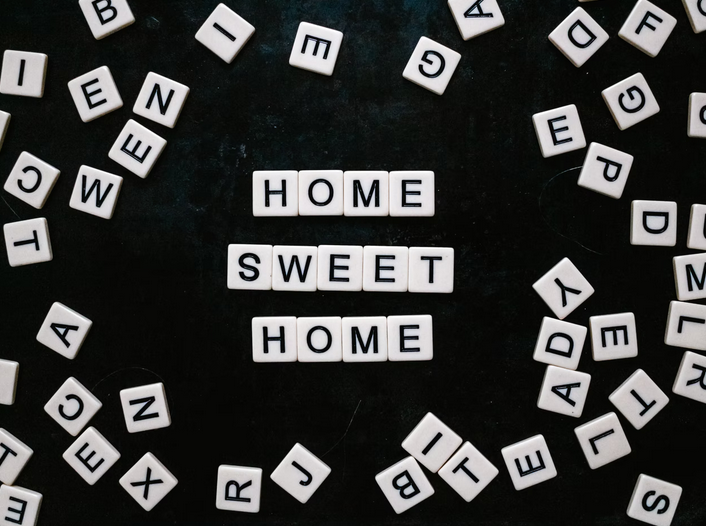Do you have an anxiety?
If you don’t, you likely know someone who does. Anxiety disorders are the most common mental illness in the United States, affecting about 18% of the population. Yet, only 36.9% of those with an anxiety disorder get treatment. Anxiety and depression often occur together, with 6.7% of American adults having at least one major depressive episode in the past year, and many people diagnosed with depression also having an anxiety disorder.
Living with anxiety and depression is tough, but it’s possible to improve your condition and overcome excessive worry and negative feelings. Choosing the right therapy can be overwhelming with so many options available.
It can also be hard to stick to therapeutic practices that may help improve your condition. This article will share a simple method for reducing anxiety, excessive worry, and improving depression. This method is called “bilateral stimulation,” used in Eye Movement Desensitization and Reprocessing therapy (EMDR).
What is EMDR?
EMDR is a therapy that helps people recover from the symptoms of trauma or upsetting life events.
The core idea behind EMDR is that the mind can heal from psychological trauma much like the body heals from physical injuries. When the body is injured, it works quickly to heal. But if the wound becomes irritated or infected, healing can take longer.
Similarly, the brain tries to achieve a balance in mental health, but if a traumatic event causes an imbalance, it can lead to suffering as healing slows down. However, when the “infection” is treated, healing can proceed, allowing the brain to return to a healthier mental state. Bilateral Stimulation is a technique used in EMDR to help achieve this positive state.
You might be asking, “What is Bilateral Stimulation?”
Bilateral Stimulation
Bilateral Stimulation (BLS) is a technique that uses alternating right and left stimulation to engage both sides of the brain. This stimulation can be visual, auditory, or tactile. Here are some examples:
-
- Visual BLS – Watching a hand or light moving side to side.
-
- Auditory BLS – Listening to alternating sounds in each ear.
-
- Tactile BLS – Tapping the left and right feet alternately.
When dealing with anxiety or depression, Bilateral Stimulation can help process the emotions and memories causing your distress. It creates dual attention stimulation, making your mind focus on both the physical and mental sensations, leading to relaxation. This process changes how you remember and react to problems over time.
So, how can you use Bilateral Stimulation to ease anxiety, excessive worry, and depression? Here are two simple ideas:
-
- Tossing a ball – Pass a ball from one hand to the other when feeling anxious or depressed, concentrating on both your feelings and the ball’s movement.
-
- Tapping – You can tap different parts of your body (like knees or lap) while alternating between left and right, focusing on both the physical and emotional sensations.
One popular Bilateral Stimulation technique is known as the “Butterfly Hug.” In the Butterfly Hug method, cross your arms over your chest, placing your middle fingers below your collarbone with your hands vertical. You might interlock your thumbs to form the butterfly’s “body” and extend your fingers for the “wings.” Then, alternate moving your hands like a butterfly flapping its wings.
Breathe slowly and deeply as you notice any mental and physical sensations (thoughts, feelings, sounds, etc.) without trying to push them away.
Conclusion
Eye Movement Desensitization and Reprocessing is proven to be an effective therapy for anxiety disorders, depression, and even everyday memories that can lead to issues like low self-esteem or excessive worrying.
Whether or not you feel ready to consult a therapist, Bilateral Stimulation can be a very helpful method for dealing with distressing emotions you may face in your daily life.



